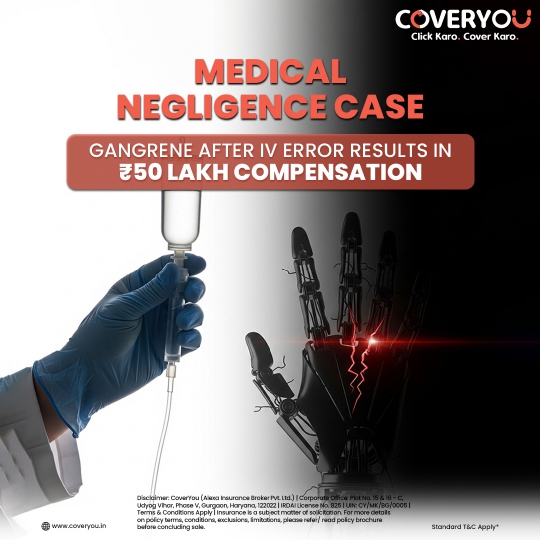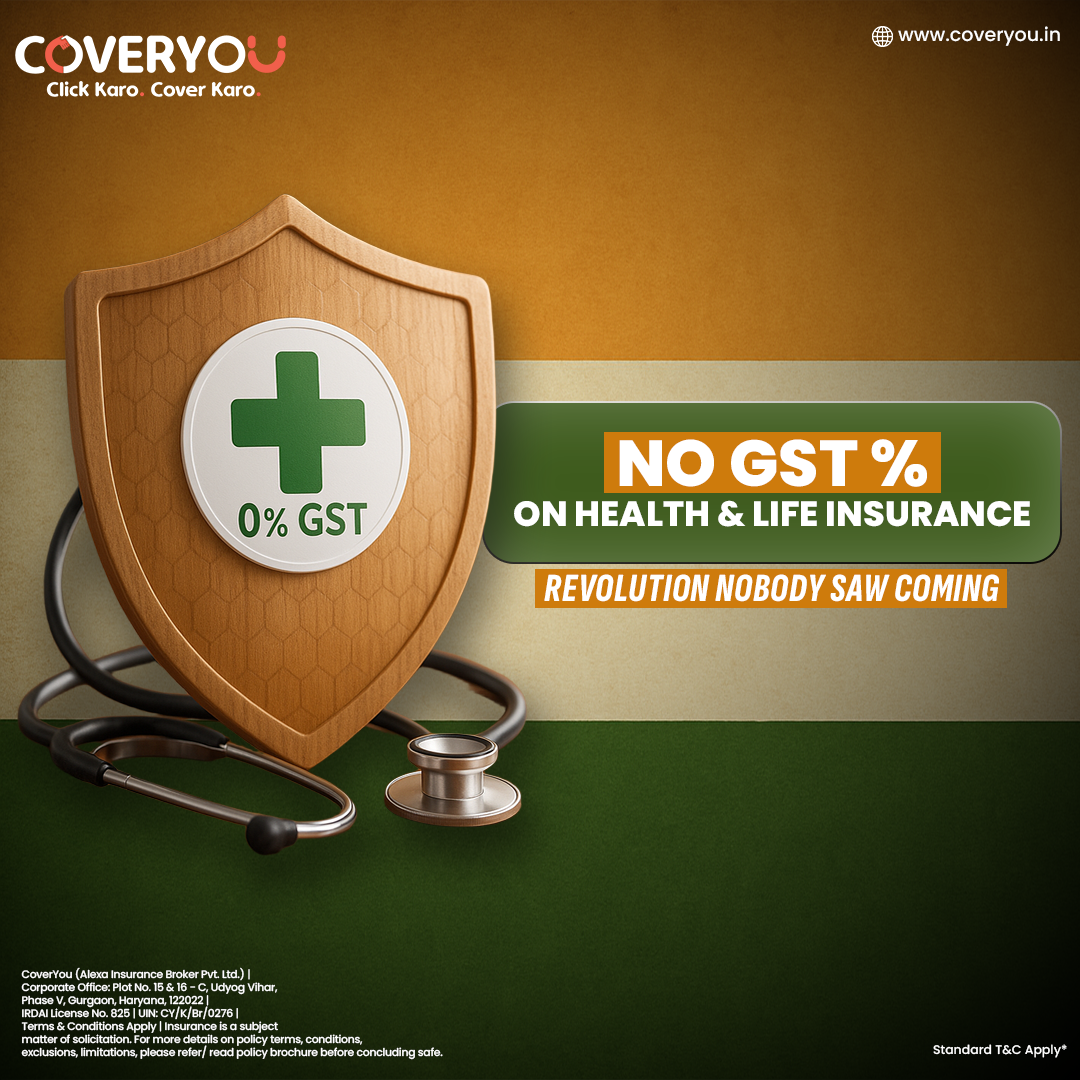India’s health care system stands at a critical juncture. As medical costs continue to rise, and disease burden shifts from communicable to non-communicable diseases, the need for sound healthcare financing has never been more pressing. And for doctors, who not only deliver such care but also function in this system on a daily basis, understanding the financial structure that supports it is even more important.
The Mortality of Affordable Spending
Out Of Pocket (OOP) expenditures on healthcare in India is one of the harsh realities. Patients experience catastrophic financial burden by OOP spending contributing almost 65% of total healthcare expenditure. This results not only in a higher rate of poverty but also limited access to quality care. Doctors frequently see up close how patients postpone treatment when they can’t afford it, and that health insurance can solve.
Health Insurance: An Important Security
It has, thus, evolved as a significant mechanism of risk transfer and financial protection. But its penetration is small by global standards. Despite growing coverage needs, in 2018-2019 only 24% of the population had annual private health insurance coverage. That gap is a challenge but also an opportunity, particularly before a doctor, who can encourage patients to focus on improved financial planning for health.
THE HIGH COST OF MEDICAL INFLATION
In India, medical inflation is at a whopping 7.14% as against general consumer price index, it is almost 2X. For doctors, this means higher costs for treatment, diagnostic and hospitalization, costs that have a direct effect on a patient’s affordability and access to care. While health care costs continue to rise, health insurance at least helps contain those costs while ensuring access to quality care.
The Double Disease Burden: A Growing Challenge
India is dealing with a double health burden of communicable and non-communicable diseases. The public healthcare systems are designed mainly around epidemiological diseases such as tuberculosis, hepatitis and maternal health, while the private sector focuses on lifestyle diseases such as diabetes, heart disease and cancer. However, with India’s diabetes prevalence ranking third in the world (77 million cases), the need for specialized care is increasing, health insurance has become essential for sustaining treatment long term.
The Private Sector as a Dominant Force in Healthcare Delivery
In fact, the private sector provides 80% of outpatient and 60% inpatient health services. But private care also comes with a price: Heavy medical bills and financial stress. As such, insurance coverage is not just an option but a necessity. For doctors, pushing health insurance is a way to make sure they can see their patients in a timely manner, in an uninterrupted fashion, without a financial obstacle.
Introduction to Case Studies: Government Initiatives and Their Limitations
The Pradhan Mantri Jan Arogya Yozana (PM-JAY) and the National Digital Health Mission (NDHM) are initiatives designed to improve access to health care. Nonetheless, government outlays still account for just 32% of total healthcare costs. This leaves a substantial gap, highlighting the crucial role of private health insurance in bridging the financial disparity.
The Importance of Doctors Getting Insured
Doctors prioritize patient care, thus often neglect their financial protection. Due to the high risk of medico-legal cases and the rising cost of healthcare, it is advisable to have comprehensive health and indemnity insurance. A properly designed health insurance policy not only protects doctors from all unexpected medical expenses, but also gives them the peace of mind to concentrate just on serving patients.
Strategic Insights for the Future of Innovative Health Insurance
For health insurance to serve as an effective instrument for financing healthcare, insurance companies need to tackle challenges such as high incurred claims ratios and low levels of policy awareness among customers. Innovative business models that reduce claims ratios while enhancing customer willingness to pay will be key to sustainable success.
Creating a Healthier Healthcare Ecosystem
Collaborative Initiatives: The future of best affordable healthcare will be possible when healthcare providers, insurance companies as well as policymakers come together. Doctors, as key stakeholders in this ecosystem, are becoming instrumental to its success. By lobbying for and implementing full health insurance approaches, they safeguard not only their own but their patients’ ability to receive care without undue financial burden.
Conclusion
Health insurance is not just a financial product, it’s a life support line for both patients and doctors, negotiating the changing landscape Indian healthcare. We also care about health insurance from the standpoint of selling one too: If we are not financially safe, we’ll not be a part of the sustainability of the system as we know it, ultimately giving way to an inequitable healthcare system. This is not only about policies and premiums, it is about saving lives. Let’s lead the way.
Source
https://journals.sagepub.com/doi/full/10.1177/02560909211027089
















